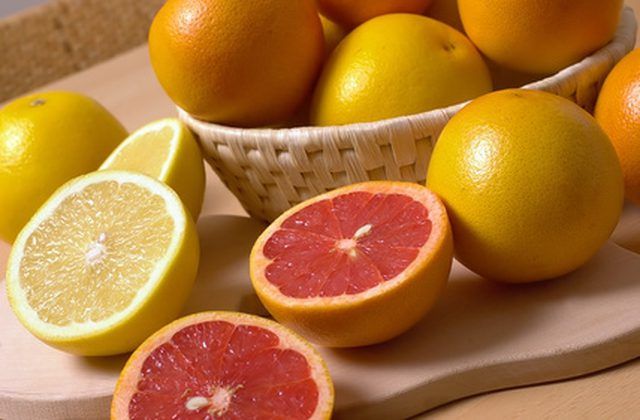Bulbs
Flower Basics
Flower Beds & Specialty Gardens
Flower Garden
Garden Furniture
Garden Gnomes
Garden Seeds
Garden Sheds
Garden Statues
Garden Tools & Supplies
Gardening Basics
Green & Organic
Groundcovers & Vines
Growing Annuals
Growing Basil
Growing Beans
Growing Berries
Growing Blueberries
Growing Cactus
Growing Corn
Growing Cotton
Growing Edibles
Growing Flowers
Growing Garlic
Growing Grapes
Growing Grass
Growing Herbs
Growing Jasmine
Growing Mint
Growing Mushrooms
Orchids
Growing Peanuts
Growing Perennials
Growing Plants
Growing Rosemary
Growing Roses
Growing Strawberries
Growing Sunflowers
Growing Thyme
Growing Tomatoes
Growing Tulips
Growing Vegetables
Herb Basics
Herb Garden
Indoor Growing
Landscaping Basics
Landscaping Patios
Landscaping Plants
Landscaping Shrubs
Landscaping Trees
Landscaping Walks & Pathways
Lawn Basics
Lawn Maintenance
Lawn Mowers
Lawn Ornaments
Lawn Planting
Lawn Tools
Outdoor Growing
Overall Landscape Planning
Pests, Weeds & Problems
Plant Basics
Rock Garden
Rose Garden
Shrubs
Soil
Specialty Gardens
Trees
Vegetable Garden
Yard Maintenance
How to Adjust the pH of a Worm Farm
How to Adjust the pH of a Worm Farm. Worm farms provide gardeners and anglers with a ready supply of nutrient-rich humus and plump, juicy worms. Starting a worm farm requires a handful of materials found in your home. Regular maintenance of your worm farm helps ensure that your worms stay healthy and process your food waste efficiently. Learn how...

Worm farms provide gardeners and anglers with a ready supply of nutrient-rich humus and plump, juicy worms. Starting a worm farm requires a handful of materials found in your home. Regular maintenance of your worm farm helps ensure that your worms stay healthy and process your food waste efficiently. Learn how to adjust the pH of your worm farm to minimize potential health issues for your worms, including breeding problems and a failure to thrive.
Things You'll Need
pH meter
Eggshells
Plastic bags
Rolling pin
Oranges
Shredded newspaper
Water
Check the pH level of your worm farm at least once weekly to monitor the bin's acidity levels. Acquire a pH meter from your local lawn and garden supply store or from an online worm compost company. Insert the probe on your pH meter straight into the worm bedding in at least three different locations to determine the pH levels. Look for normal pH levels, which may range from 6.0 to 8.0 in a healthy worm farm, according to the County of Los Angeles Department of Public Works.
Eliminate low pH readings (below 6.0) in your worm farm by gradually providing additional materials to neutralize the excess acidity. Collect 10 to 12 eggshells in a plastic bag and crush them with a rolling pin. Sprinkle the mashed eggshells across the surface of your worm bin bedding. Avoid feeding your worms acidic fruit scraps, such as oranges and lemons, until your pH readings return to normal levels.
Increase sources of acidity in your worm bin to correct high pH readings (above 8.0). Peel an orange and position 3 to 4 segments of the fruit in different areas of the worm bin, covering each piece with several inches of bedding to keep from attracting fruit flies. Sprinkle 2 to 3 inches of fresh, shredded newspaper bedding across the surface of your worm bin to increase the amount of neutral materials in your bin. Moisten the bedding with a gentle misting of water until it's about as damp as a wrung-out sponge to help maintain adequate moisture levels.
Tips & Warnings
Get into the habit of adding crushed eggshells to your worm bin two to three times per month to help prevent potential pH problems. According to Janet Hogan Taylor, co-author of "The Worm Book," gritty materials like eggshells have the added benefit of improving your worms' ability to digest food more quickly.
Sniff the bedding in your worm farm every day. A vinegar odor typically indicates acidic conditions that must be corrected to maintain your worms' health.